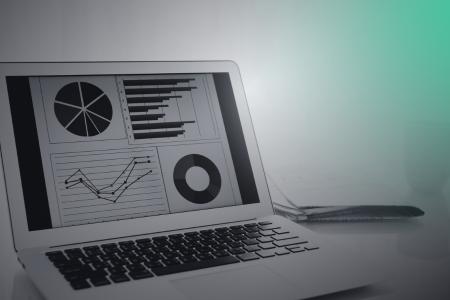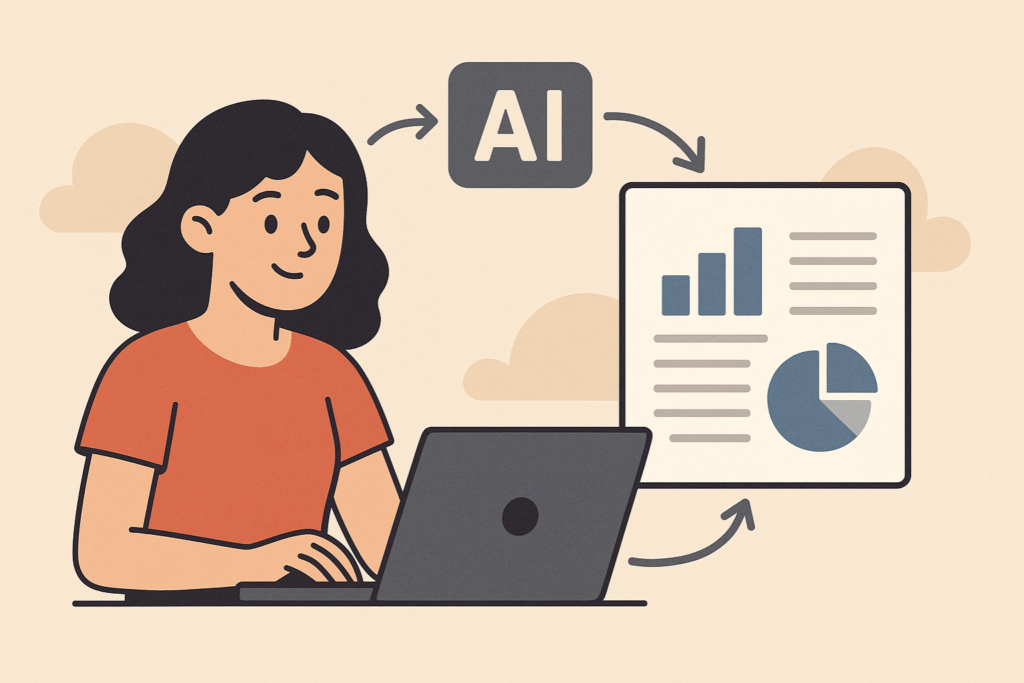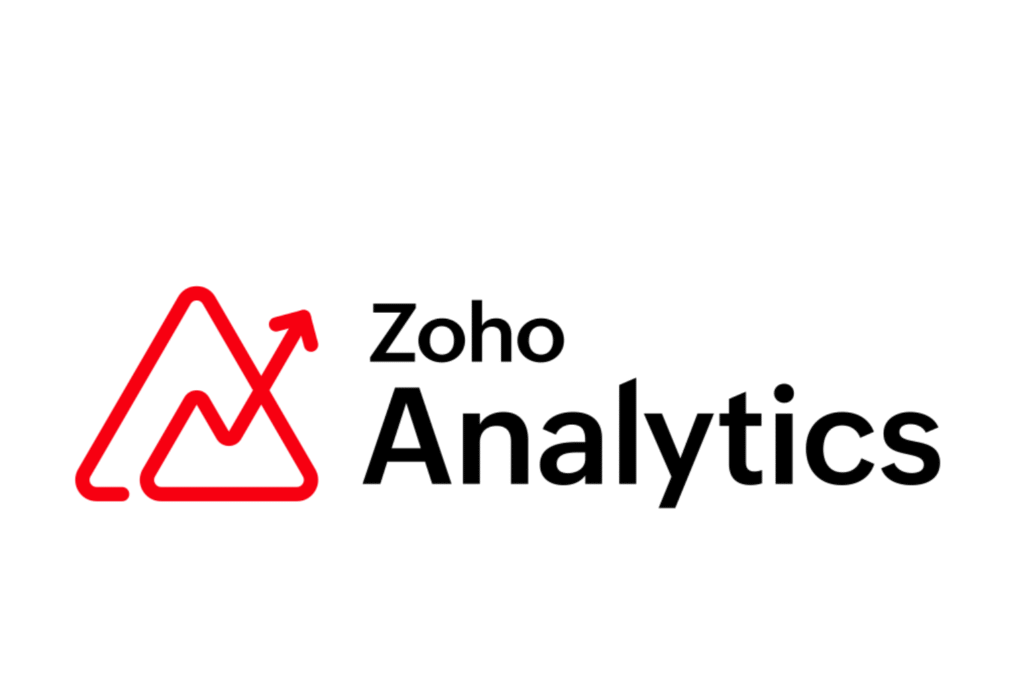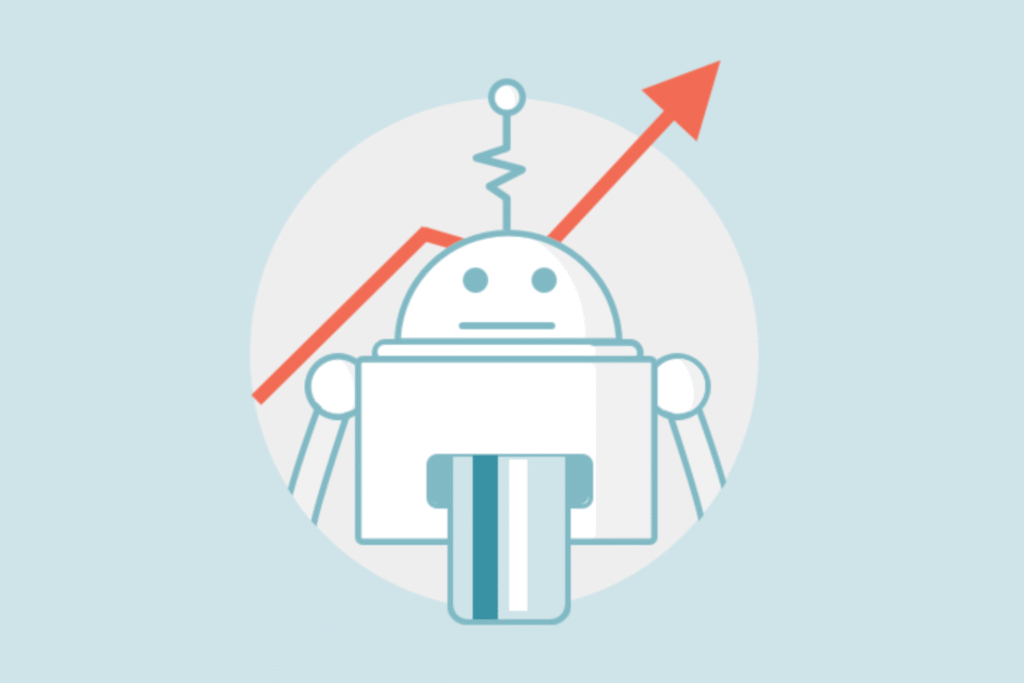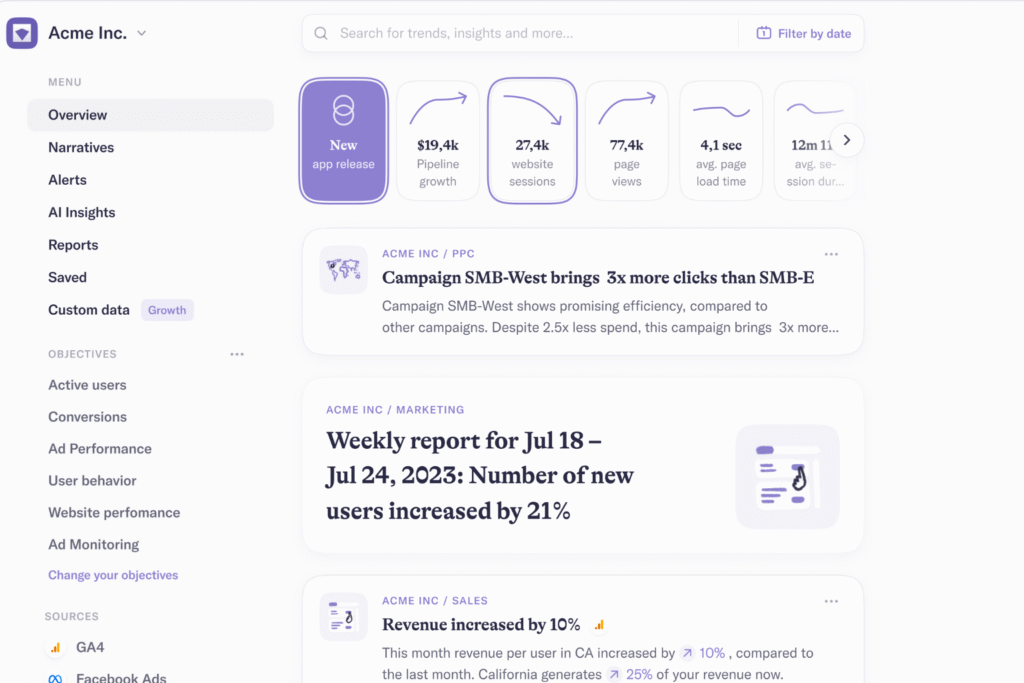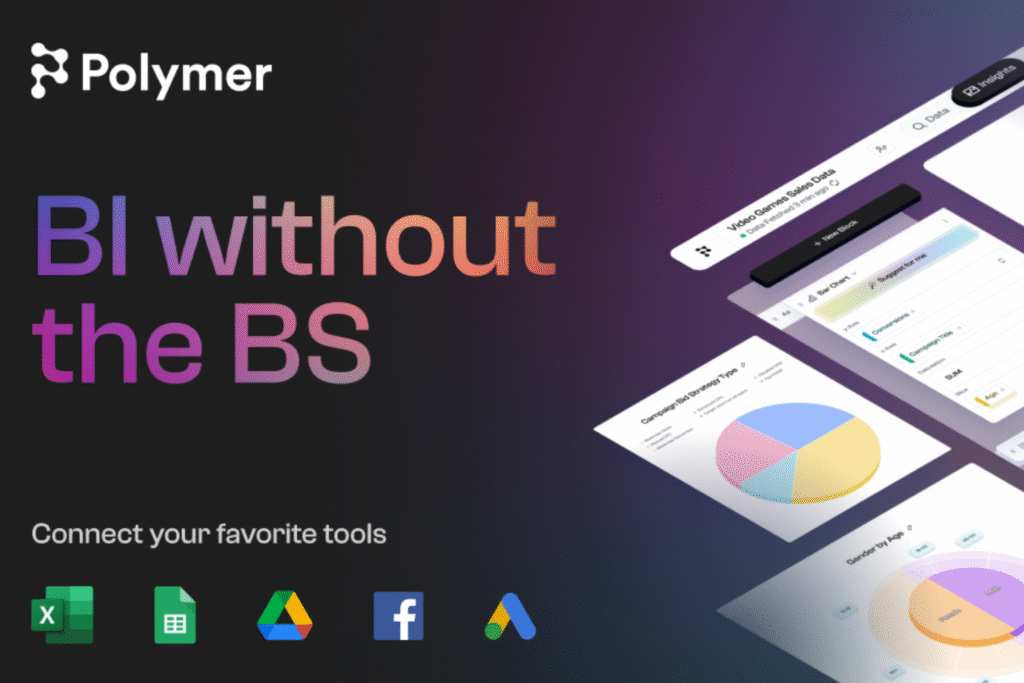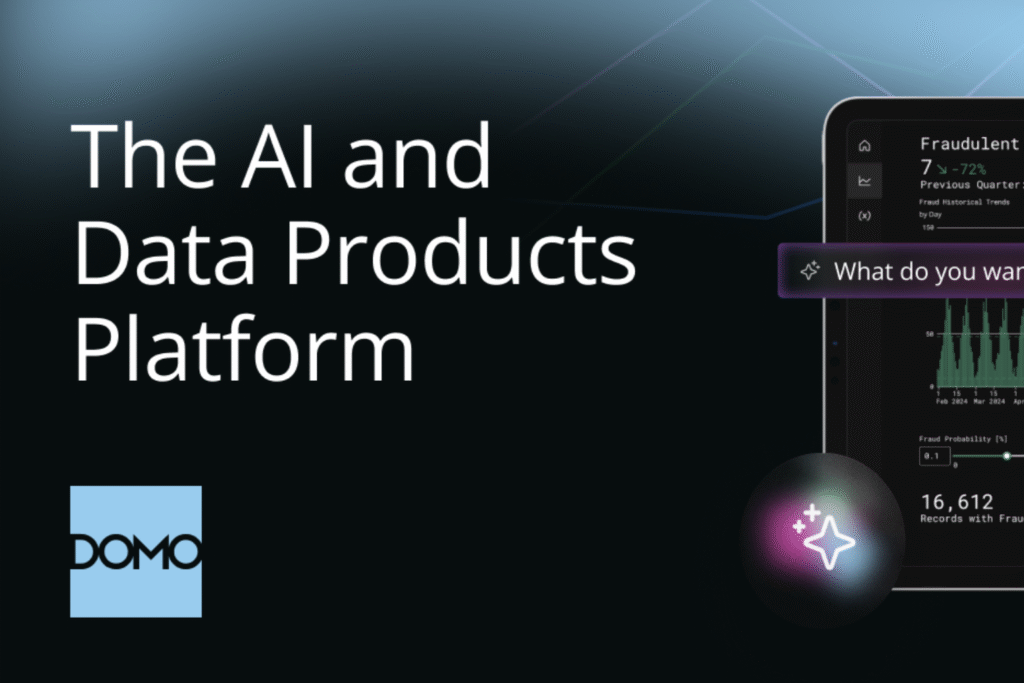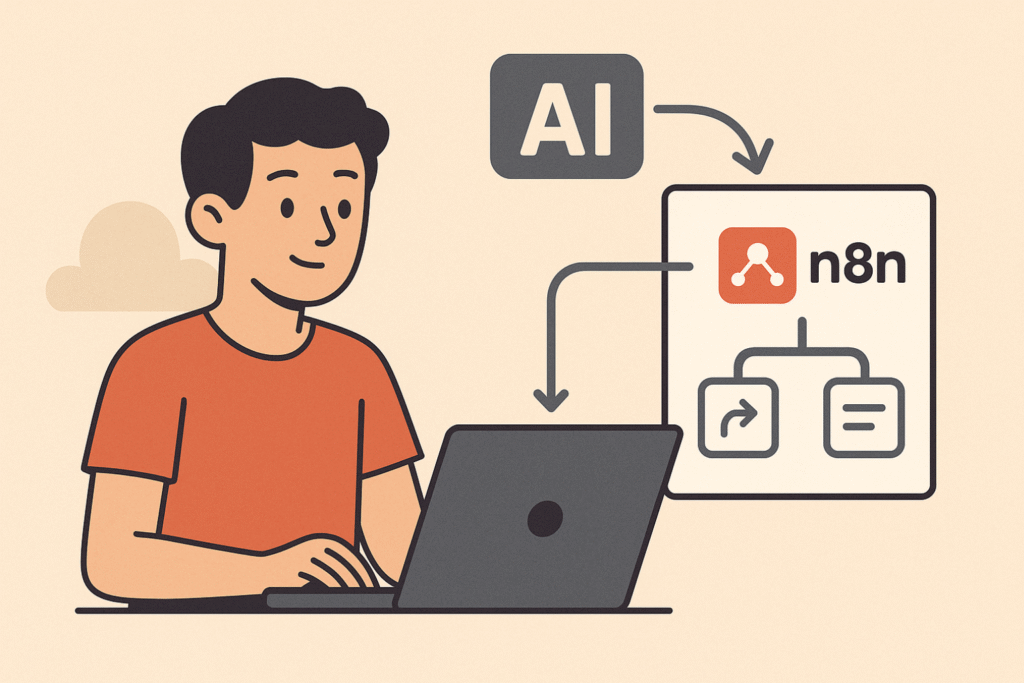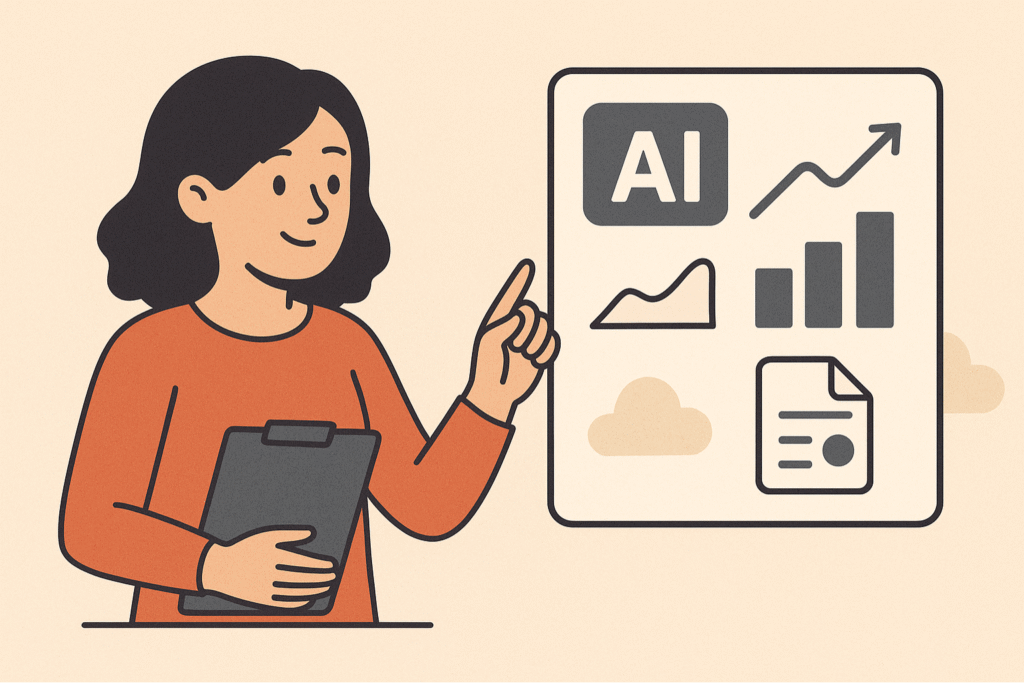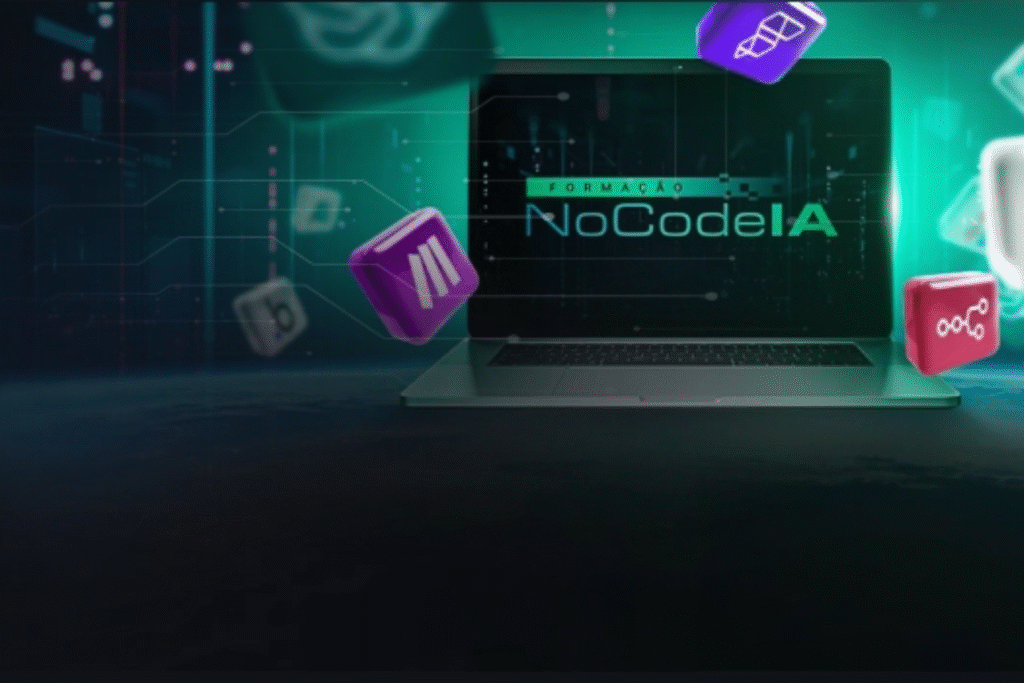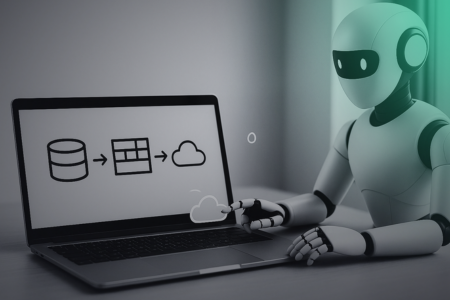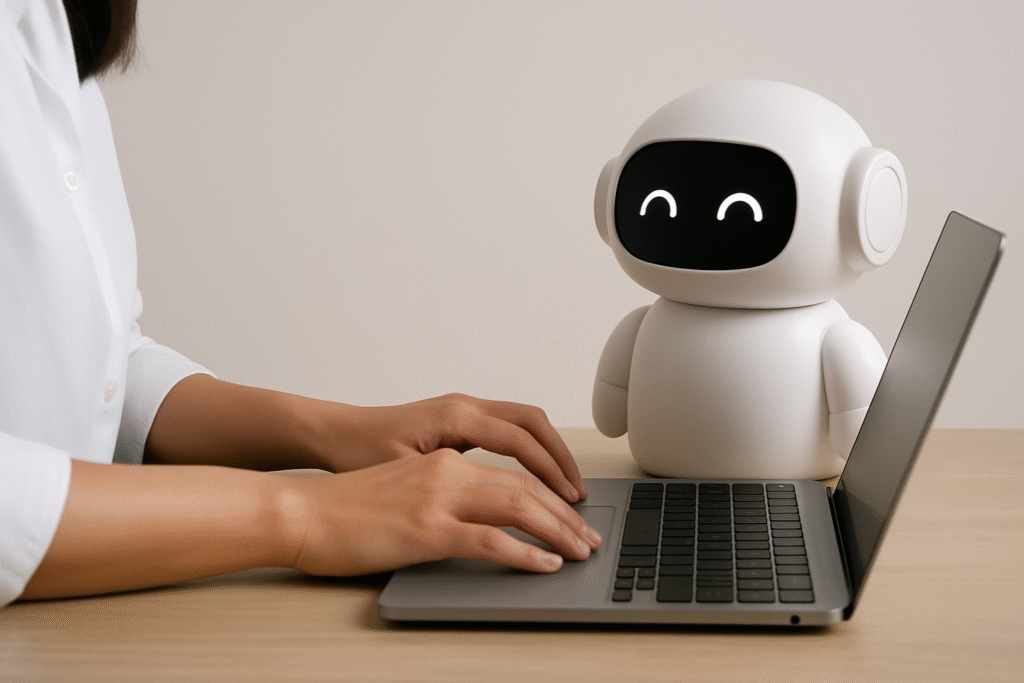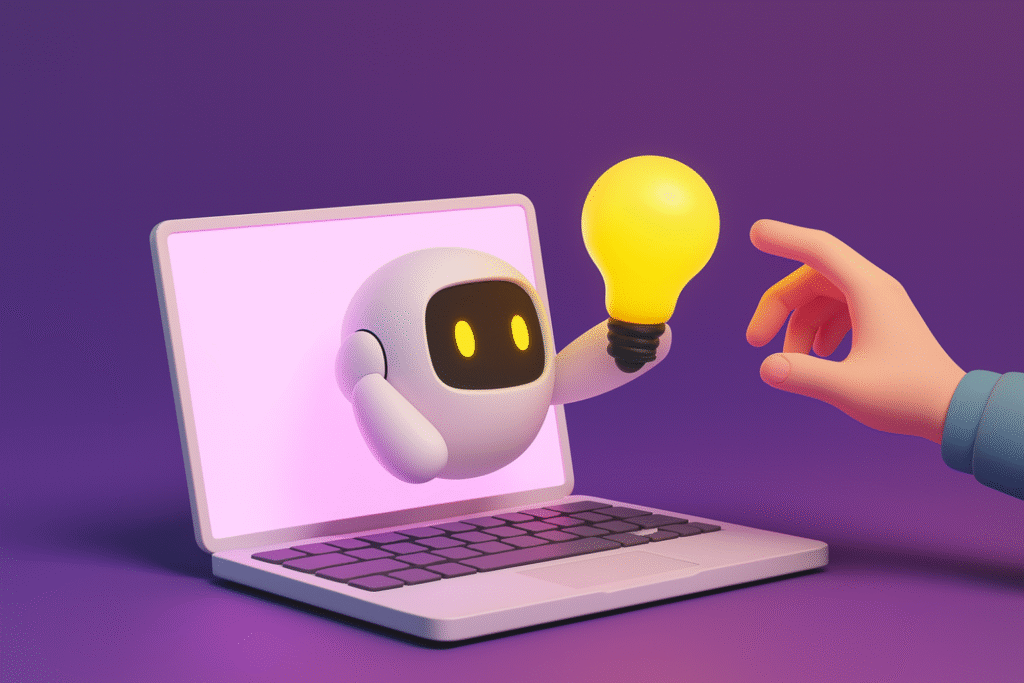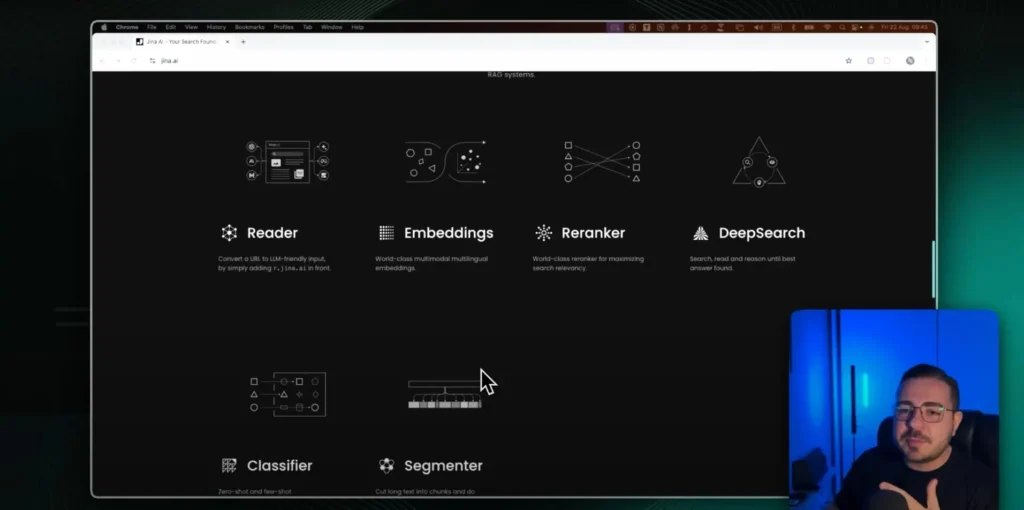If you are looking for a Free AI Agent Course for Beginners, you have come to the right place! After all, we are in the era of automation and artificial intelligence. In this context, companies and professionals are looking, above all, for intelligent solutions to optimize processes. In addition, they are looking to reduce costs and, consequently, improve the user experience.
In this context, AI agents stand out for their ability to automate complex tasks, interact naturally with users and integrate multiple systems without the need for constant supervision.
Continue reading this article and discover how the Free AI Agent Course can transform the way you work with artificial intelligence. Understand why AI agents are so powerful and learn how to start creating your own agent from scratch, using accessible and efficient tools, without needing any programming experience. Enjoy your reading!

From Zero to AI Agent: Learn how it works Free AI Agent Course for Beginners
If you want to learn for free and create your own AI Agent, the first step is to learn about the structure of the Free AI Agent Course for Beginners from NoCode Startup. If you want to start from scratch and develop your own Artificial Intelligence Agent, this content was made for you, in a complete material you will learn:
- fundamentals of Artificial Intelligence Agents to build a solid foundation;
- a step-by-step guide to creating practical agents, even without prior experience;
- how to use N8N to implement smart automations efficiently;
- integrations with platforms such as Telegram, enabling the creation of interactive and dynamic agents.
Remember that the AI Agent course was developed so that anyone, even without prior programming knowledge, can create intelligent and scalable solutions. In other words, even if you have never programmed before, you can start without fear!
Why are AI agents so powerful?
Before understanding how to create your own AI Agent, it is essential to understand why these tools have become indispensable in different sectors. Therefore, it is worth reflecting: why is the use of these solutions growing so much? How do they impact the efficiency of processes?
Furthermore, understanding these aspects can reveal new opportunities for optimization and growth.
1. Integration with custom data (RAG)

One of the main reasons for the power of AI agents lies in the technique known as RAG (Retrieval-Augmented Generation). This methodology allows the AI model to be combined with personalized user or company data. This means that the agent can be trained to access specific information from:
- PDF files;
- corporate websites;
- spreadsheets and databases;
Through this customization, the agent becomes able to perform advanced queries, access specific documents and respond accurately based on the available information.
2. Ability to execute actions (Function Calling)

In addition to RAG, another distinguishing feature of AI agents is the function called Function Calling (or tools), which allows the agent to not only analyze data, but also perform actions on different platforms. For example, among the main functions, the following stand out:
- access and edit the calendar (schedule meetings, check events);
- send, read and reply to emails;
- interact with spreadsheets and databases (consult and update information);
- perform direct tasks via corporate applications.
This capability turns the agent into a true virtual assistant. Imagine being able to send a simple message on WhatsApp, and the agent automatically accesses different systems, queries databases and sends comprehensive reports, all without direct human interaction.
Learn how to create AI Agents for different businesses

AI agents aren’t limited to basic tasks or simple interactions. In the Free AI Agents for Beginners Course, you’ll master tools like RAG and Function Calling and learn how to create intelligent solutions for different industries, without needing technical experience and without paying anything!
Scheduling agents, for example, can automate appointment scheduling, eliminating the need for direct human interaction. Key application examples include:
- medical consultations: the agent checks available times, schedules the appointment and sends confirmation to the patient;
- barbershops and beauty salons: the agent manages the professionals' schedule and allows clients to choose times directly via WhatsApp or Instagram;
- classes and events: Want to schedule an adventure class or special event? The agent automates the process and confirms details with participants;
- restaurants and snack bars: the agent acts as an intermediary between the customer and the establishment, optimizing orders and integrating with the restaurant system;
- e-commerces: manage orders, inventory and customer service in an automated way, using agents integrated with the main sales platforms;
- veterinary clinics: allow appointment scheduling, vaccination control and automatic notifications for customers;
- gyms and studios: the agent manages class reservations, waitlists and sends automatic reminders to students.
Understand the Architecture of an AI Agent
Creating an AI Agent is more than just programming a chatbot. It’s about developing an intelligent, autonomous solution that transforms processes!
To do this, it is essential to understand the architecture that supports these agents, ensuring that they are capable of performing complex tasks, interacting with different platforms and delivering accurate and contextualized responses.
Below, learn more about this framework and how each component contributes to the advanced performance of AI agents.
- Input Layer: where the agent receives information from the user through different channels (WhatsApp, Instagram, email or website), whether in text, voice or specific commands;
- natural language processing (NLP): responsible for interpreting messages, understanding intentions and extracting relevant information, such as dates, times and user preferences;
- connectors and APIs (Function Calling): allow the agent to perform real actions, such as checking available times, consulting menus or accessing internal systems, through external integrations;
- RAG (Retrieval-Augmented Generation): combines natural language generation with external data retrieval, allowing the agent to search for information in databases or on the internet in real time before responding;
- decision making and automation: After processing the information, the agent performs actions such as scheduling appointments, forwarding orders or sending notifications;
- real-time feedback: keeps the user informed about the status of the service, sending automatic updates at each stage of the process.
N8N: The most complete tool for creating AI agents

Creating AI agents goes far beyond just setting up simple bots. There are robust tools on the market that allow you to build complex, interactive, and fully automated agents. Choosing the right tool makes all the difference in the performance and possibilities of your project.
In this way, the N8N stands out for integrating two essential worlds: advanced automation and creation of AI agents.
Originally designed for complex automation, the platform has evolved and today offers a powerful framework for creating intelligent and scalable agents. Among the main differentiators of N8N are:
- creation of complex automations and integrations on a single platform;
- integration with multiple AI models such as GPT, Llama, Claude and Gemini;
- ability to host the system on your own servers, reducing costs;
- intuitive interface with support for the “No-Code” concept, ideal for beginners'
- integration with external tools such as calendars, spreadsheets, emails and databases.
Additionally, N8N offers a visual interface for creating automation flows, making the job easier even for those with no prior programming experience. And best of all, you can take a 14-day free trial with credits included to use OpenAI's resources.
OpenAI: Simplicity and Scalability
OpenAI offers one of the most robust solutions on the market, enabling the creation of powerful AI agents through the use of GPT models (such as GPT-4).
With a simple-to-use API and excellent documentation, OpenAI has become a reference for developers who want to create scalable agents with high processing capacity. Among its main advantages are:
- pre-trained models with high natural language understanding capacity;
- easy integration with platforms like N8N;
- scalability for projects of all sizes;
- support for techniques such as RAG and Function Calling;
Dify: Open source and total flexibility
Dify stands out for being 100% open source, allowing developers to have complete freedom to adapt the agent according to their needs. Dify's main features are:
- open source, allowing complete customizations;
- possibility of hosting on own servers, reducing expenses;
- broad integrations with databases, APIs and external tools;
- simplicity in training custom agents with specific data.
But how do you choose the ideal tool? Choosing the ideal tool will depend on your goals and the level of complexity of your project:
- If you are looking for something practical and scalable, OpenAI may be the best choice;
- for those who need advanced automations and complex integrations, N8N stands out;
- If the focus is total freedom of customization and an open source solution, Dify is perfect.
And if your goal is to create complex automations with multiple integration points, N8N is the best choice. Its ability to combine automations with AI and the possibility of self-hosting make it one of the most powerful tools on the market.
Time to get your hands dirty: learn how to create your first AI Agent

If you've followed the Free AI Agent Course for Beginners | From Zero to AI Agent, it's time to put everything you've learned into practice! In this step, I'll guide you through the process of creating your first AI Agent, using accessible and efficient tools, such as N8N, OpenAI and Dify. Ready? Let's go!
1. Step 1: Defining your AI Agent front-end
The front-end is the interface of your project, the point of contact where the user interacts with your agent. In this content, we will use Telegram for its simplicity and versatility. Although it is possible integrate WhatsApp, this platform's API demands more complex processes.
So, for beginners, Telegram is the best choice. Later, you can explore the integration with WhatsApp.
2. Creating the Agent in N8n
N8N will be the main automation tool in your AI Agent. With it, you can create complex workflows without the need for advanced programming. Follow the steps below to get started:
- create your free account on N8N with a 14-day free trial and credits to use the OpenAI API;
- access the N8N panel and configure your credentials;
- create a new workflow by clicking on “Start from scratch”;
- choose your first trigger (e.g.: message received on Telegram);
- add the “AI Agent” node and connect to the OpenAI GPT model.
3. Expanding the functionalities
Now that your basic AI Agent is up and running, it's the perfect time to enhance its capabilities, making it even more efficient and versatile!
Learn how to add advanced functionality that allows your agent to interact with different types of data, integrate new platforms, and provide a richer user experience.
1. Adding memory layer (WindowBufferMemory
For your AI Agent to have the ability to remember information during a conversation and maintain context between messages, it is essential to add a memory layer.
The implementation of WindowBufferMemory in N8N allows the agent to store recent interactions, ensuring more accurate responses aligned with the context of the dialogue. To implement, follow the steps below:
- In N8N, add the WindowBufferMemory node to your agent flow.
- configure the following parameters:
- Window Size: define the number of messages the agent should remember (e.g.: 5 previous interactions);
- storage method: For temporary storage, use N8N's default storage. For long-term storage, integrate with databases like Redis or Supabase;
- Connect the WindowBufferMemory node to your AI Agent node so that the agent uses the history when generating responses.
To make the implementation clearer, imagine the following scenario: the user asks “What’s my appointment tomorrow?” and then simply writes “What about Friday?”.
Even without repeating the full question, the agent understands that the context is still about commitments and provides the correct answer.
Now that the agent is prepared to store contextual information, you can explore additional integrations and enhance its functionality, creating a more robust and efficient flow.
2. Integration with multiple tools (Function Calling)
To take your AI Agent to the next level, allow it to interact directly with other platforms and perform complex tasks. With Function Calling, the agent not only answers questions, but also performs practical actions across different systems. Key features you can integrate include:
- Google Calendar: automatically schedule and list events;
- Spreadsheets (Google Sheets/Excel): add, remove or search data in real time;
- Email (Gmail/Outlook): send personalized automatic emails;
- External APIs: perform queries on third-party services, such as weather forecasts, currency quotes or traffic information.
To set up these integrations, follow the steps below:
- in N8N, add the node corresponding to the service you want to integrate (e.g. Google Sheets or Google Calendar);
- In AI Agent, use the Function Calling function to enable the execution of automatic actions when certain commands are detected;
- Create specific prompts to activate each tool, ensuring that the agent understands the user's requests. Practical examples:
- “schedule a meeting for tomorrow at 2pm.”
- “add the client João Silva to the contact spreadsheet.”
- “send a confirmation email to [[email protected]].”
In this way, the agent becomes not only an intelligent assistant, but also an executor of complex tasks, expanding its functionalities and delivering a much richer and more dynamic experience to the user.
3. Implementing sentiment analysis
You can also enhance your AI Agent’s communication by empowering it to interpret the emotional tone of user messages and adjust its responses accordingly. This ability creates a more humanized, empathetic, and contextualized interaction.
To do this, follow the steps to implement sentiment analysis:
- in N8N, add the Text Analytics node or use external APIs like Google Natural Language or IBM Watson;
- connect the node to the main flow of the agent, right after receiving the user's message;
- configure the node to identify emotions such as happiness, anger, sadness, or neutrality;
- In the AI Agent node, create branches in the flow to adapt the agent's responses based on the identified sentiment.
If the user types, “I’m very frustrated with the service,” the agent might respond with more empathy: “I’m sorry to hear that! I’ll do my best to help you resolve the issue as quickly as possible.”
This way, the agent becomes more attentive, improving the user experience and strengthening the bond of trust.
4. Transforming audio into text (Speech-to-Text)
You can also expand your AI Agent’s accessibility by enabling it to understand voice messages. Speech-to-Text functionality allows the agent to transcribe audio into text and interact normally with the user.
To enable audio transcription in N8N, follow these steps:
- add Telegram Get File node to capture the audio file sent by the user;
- connect the node to OpenAI's Whisper API or Google Speech-to-Text to perform audio-to-text transcription;
- send the transcribed text to the AI Agent node so that the agent can process and respond to the command normally.
With voice message understanding enabled, the user can send an audio message saying: “Schedule a meeting with Pedro tomorrow at 10 am.”
The agent transcribes the audio and executes the action on the calendar, ensuring a fluid and efficient interaction.
This functionality expands the agent's possibilities of use and creates a more dynamic service experience.
5. Automatic notifications and real-time alerts
How about taking your AI Agent to a new level of efficiency with RAG (Retrieval-Augmented Generation), allowing it to search for data from external sources before generating responses? With this technique, the agent provides updated information and contextualized responses. To do this, follow these steps to configure RAG:
- in N8N, add the integration node with databases, external documents (PDFs) or public APIs;
- In the AI Agent prompt, instruct the agent to query external sources before generating a response to the user;
- test the agent with questions that require consultation in external databases.
By adding this automation, your AI Agent gains the ability to send personalized reminders like “You have a meeting scheduled for tomorrow at 9am.”, important announcements like “There’s been a change to Friday’s event.”, and strategic promotional messages like “Unmissable offer! Up to 30% off today.”
With RAG, the agent stops being just a text generator and becomes an intelligent, real-time query tool, ideal for corporate, educational and financial sectors.
6. Implementing RAG (Retrieval-Augmented Generation)
Finally, you can take your AI Agent to the next level of efficiency by implementing RAG. To set up RAG on N8N, follow these steps:
- add the integration node with databases, external documents (such as PDFs) or public APIs;
- configure the AI Agent prompt to instruct it to perform external queries before formulating the response to the user;
- take practical tests with questions that require searching for data in real time, such as:
- “What was the revenue from the last quarter?” (consulting a database);
- “What is the dollar rate today?” (using financial APIs).
This feature is especially useful in corporate, educational, and financial environments where decision-making depends on accurate, timely data.
4. Testing and adjustments
Now that your agent is up and running, it’s time to test it and tweak any details to improve its performance. You can use a testing checklist to check if your agent is working properly:
- Is the agent receiving messages correctly?
- does it respond based on the prompt instructions?
- Can you create and list events in the calendar?
- Are the answers clear and accurate for the user?
If the agent is returning incorrect information, adjust the prompt to better guide responses. You can also use N8N's execution history to identify failures and test the agent with different commands to validate its flexibility.
Conclusion
By now, you’ve probably realized that creating AI Agents isn’t just a technological trend, right? Quite the opposite, it’s a real opportunity to explore new markets, automate processes and, above all, boost business in a strategic and efficient way.
Whether to improve the customer service, optimize internal flows or create scalable SaaS solutions, agents offer versatility and scalability for professionals and companies.
The best thing of all is that with No Code tools Like N8N, anyone can start this journey, even without prior programming experience. The combination of techniques such as RAG and Function Calling allows you to create powerful agents, capable of acting in different sectors and solving complex problems.
Now is the time to learn for free and get your hands dirty! In the Free AI Agent Course for Beginners, you start from scratch and create your own intelligent agent, ready to automate tasks and generate business opportunities.
If you want to delve even deeper into this content and master the best strategies for developing efficient and monetizable agents, access the full course Free AI Agent Course for Beginners 2025 | From Zero to AI Agent available on our YouTube channel.
Start your journey now by creating smart solutions that can transform your career and generate new income opportunities.


